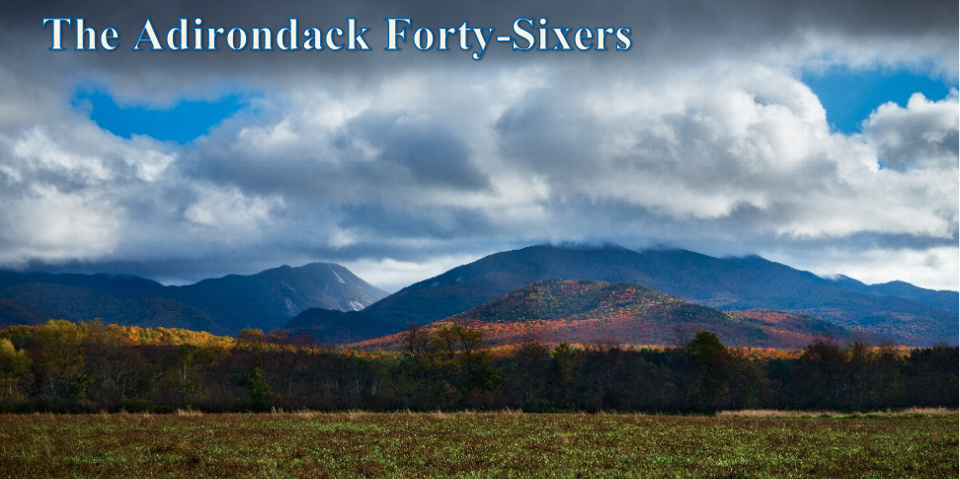Mount Colden - A Unique Peak
Though about 600 feet shorter than Mount Marcy, Mount Colden makes up for its shorter stature with its grandeur. Colden’s two well-marked and maintained hiking trails and the impressive and popular non-technical climbing found in the Trap Dike make it one of the most popular hikes and climbs in the High Peaks.
Unlike most other Adirondack peaks, the area’s native people gave Mount Colden a name. Originally called Ou-no-war-lah, meaning “Scalp Mountain,” Colden was given its current name after David C. Colden, a prominent New York businessman and financial backer of the McIntyre Iron Works, took a trip to the area in 1836 (Heaven 232). The peak’s renaming was, of course, not without controversy. A year later, Ebenezer Emmons re-named the peak Mount McMartin to honor Judge Duncan McMartin, a local Adirondack entrepreneur with ties to the McIntyre Ironworks. The debate continued until the late nineteenth century, when Colden became the peak’s most common name (Heaven 233).

During Emmons’ historic 1837 trip to the High Peaks, when he and his team climbed Marcy, Algonquin, and Nippletop, he did not summit Colden, climbing only 1,500 feet up the Trap Dike before turning back (Heaven 233). In 1850, Mount Colden saw its first ascent by Alexander Ralph and Robert Clark via the Trap Dike (Adirondack Rock 516). All other high peak ascents to that date were done for research or surveys, making this summit the first to be done “for the sheer joy of climbing” (Heaven 235). That tradition continues today, when thousands of hikers flock to the High Peaks to enjoy all the region has to offer.
Although there are now two maintained trails to Colden’s summit, the Trap Dike remains an incredibly popular backcountry objective for both experienced climbers and daring hikers. While the Trap Dike’s first ascent was done without ropes or proper climbing equipment, there is much discussion over whether the feature should be labeled a hike or a climb. The Trap Dike is graded as a third – or fourth-class climb in the Yosemite Decimal System, which means that it is a rocky, non-technical and potentially exposed scramble, so a fall could result in serious injury or death (The “New” Trap Dike). On September 30, 2011, the Trap Dike saw its first ever summer climbing fatality (it is also a very popular winter mountaineering route that has claimed a handful of lives). The hiker, though experienced, was not climbing with protective climbing equipment and his death re-sparked the debate over whether the Trap Dike should be labeled a rock climb that warrants the use of a rope (Climber Dies in Trap Dike).
Whether you choose to ascend the Trap Dike (with or without climbing equipment) or if you opt for the less exposed – but certainly challenging – hiking trails, you won’t be disappointed. This high peak is the eleventh tallest mountain in New York State and the views from the top are worth the trek.
Work Cited
The Adirondack Forty-Sixers. Heaven Up-h’isted-ness!: The History of the Adirondack Forty-Sixers and the High Peaks of the Adirondacks. Adirondack Forty-Sixers, Inc. 2011. Print.
Brown, Phil. “Climber Dies in Trap Dike.” Adirondack Explorer. 2 Oct. 2011. Web 21 Apr. 2015.
Brown, Phil. “Phil Brown: Is the Trap Dike a Hike or a Climb?” Adirondack Almanack. 4 Oct. 2011. Web 21 Apr. 2015.
Lawyer, Jim and Haas, Jeremy. Adirondack Rock, Volume 1. Adirondack Rock Press, LLC. Pompey, NY. 2014. Print.
